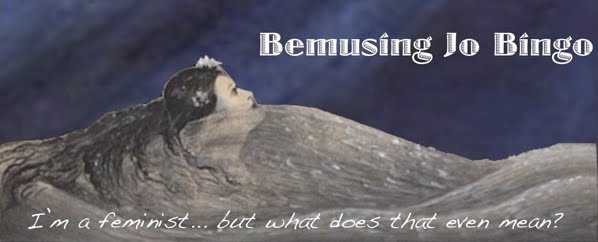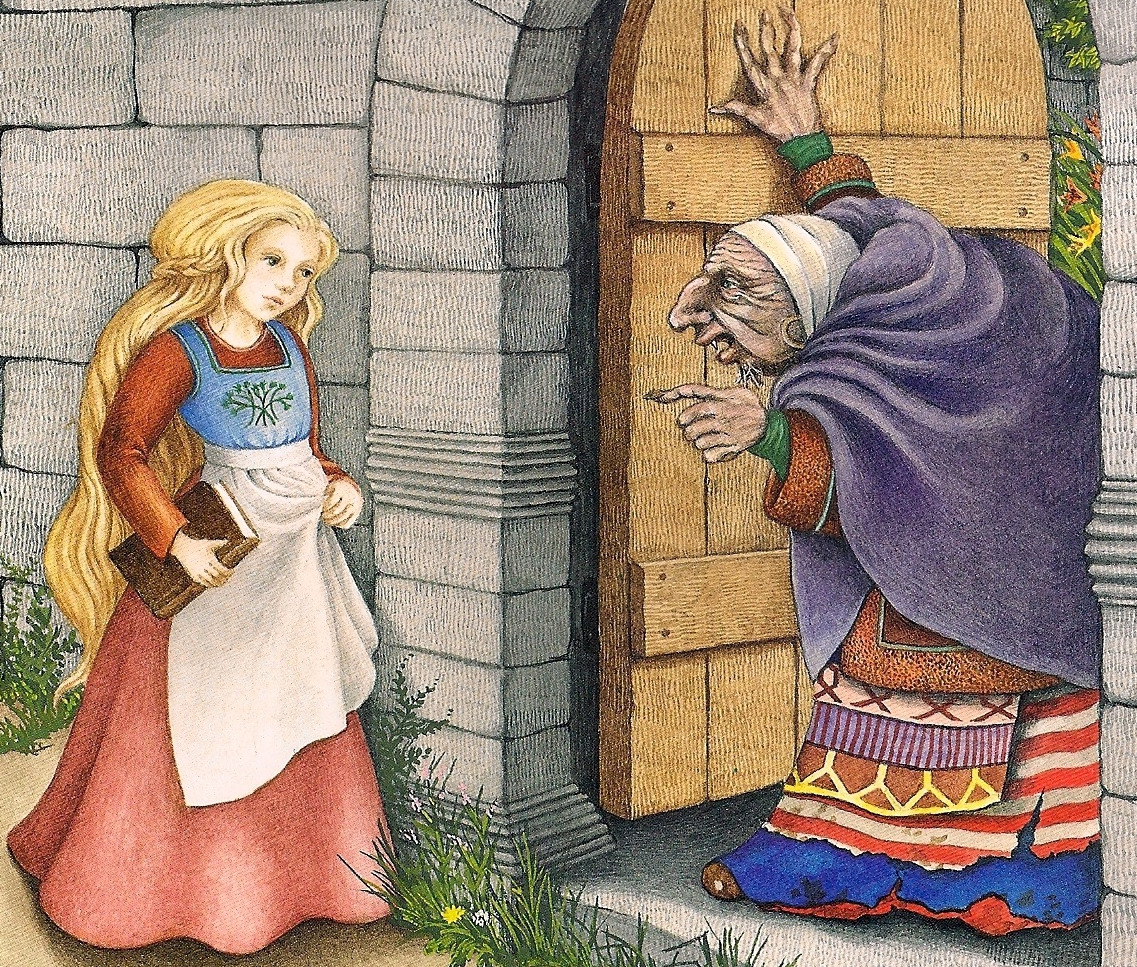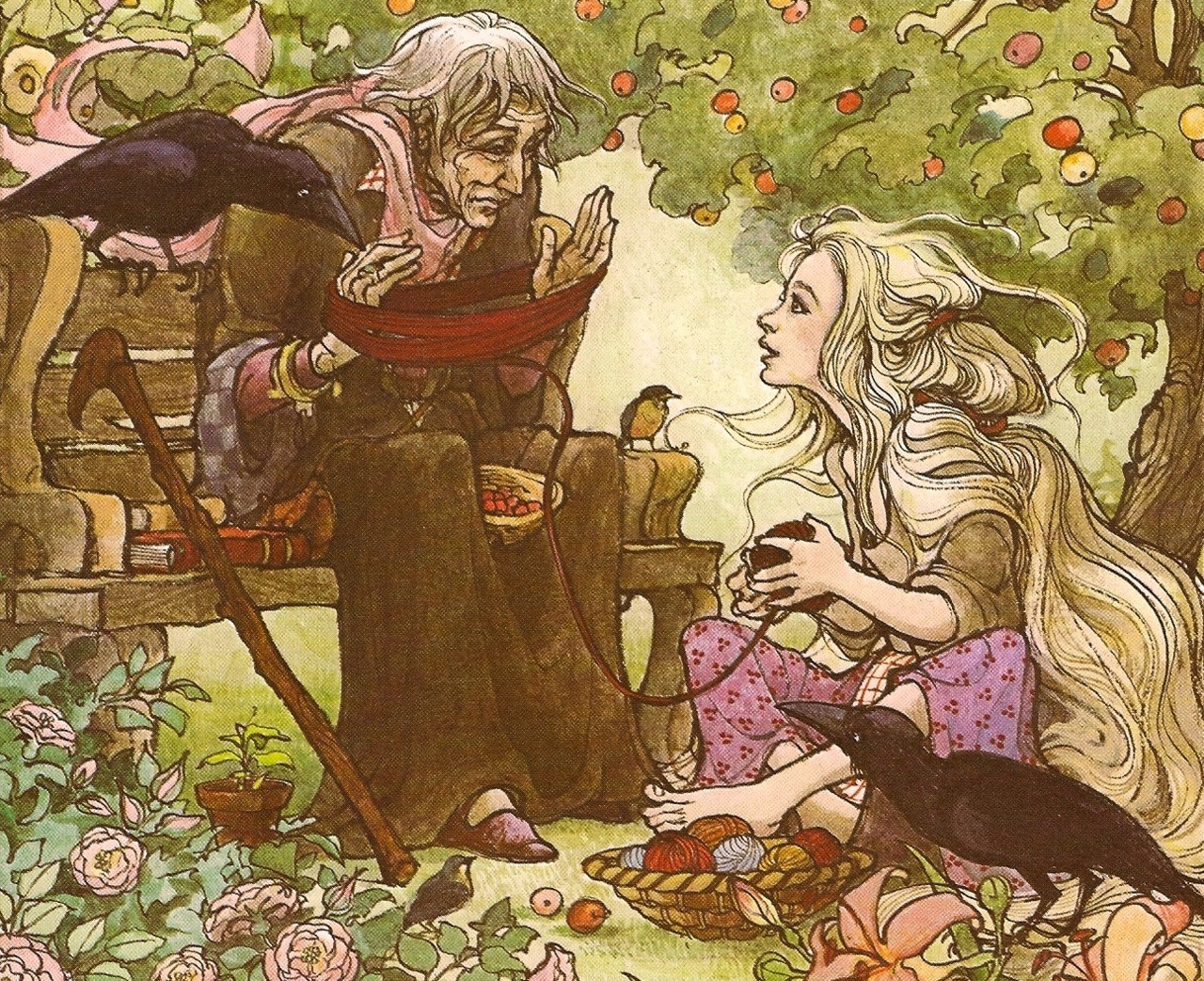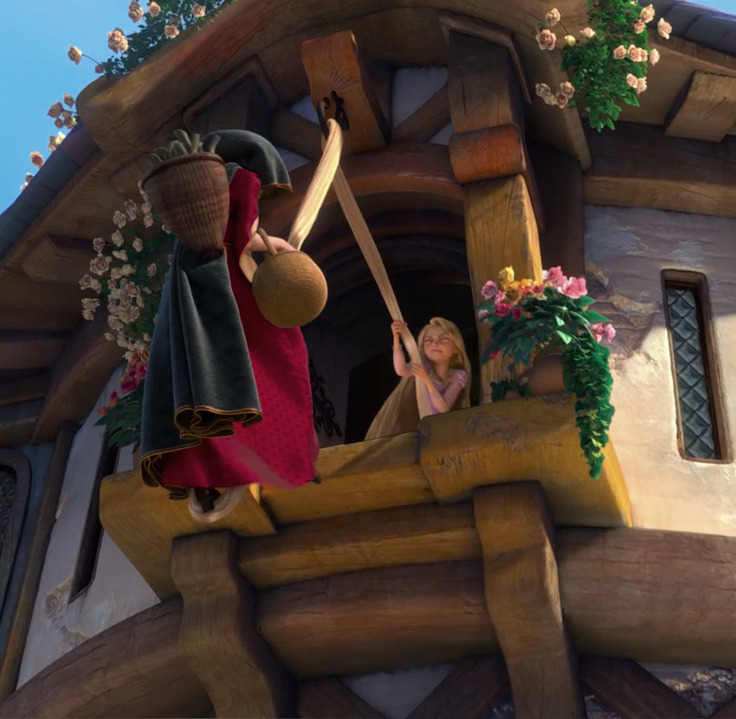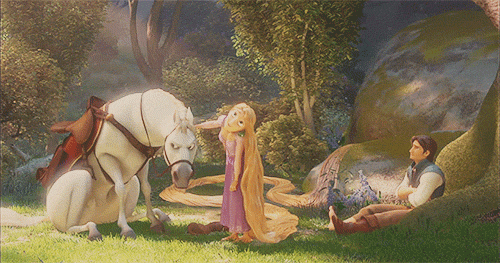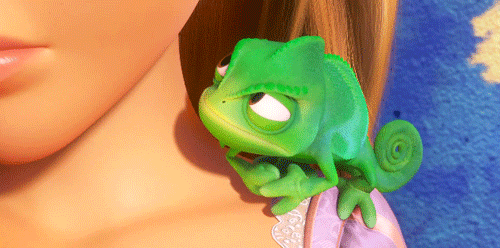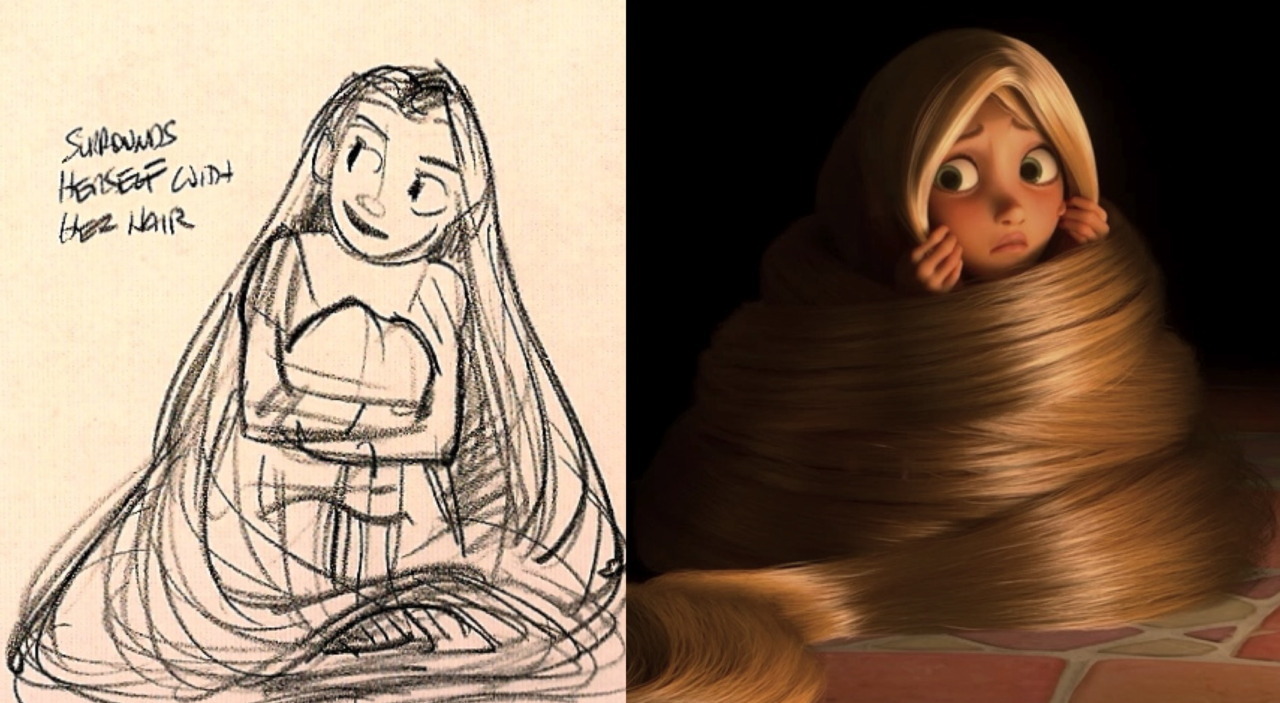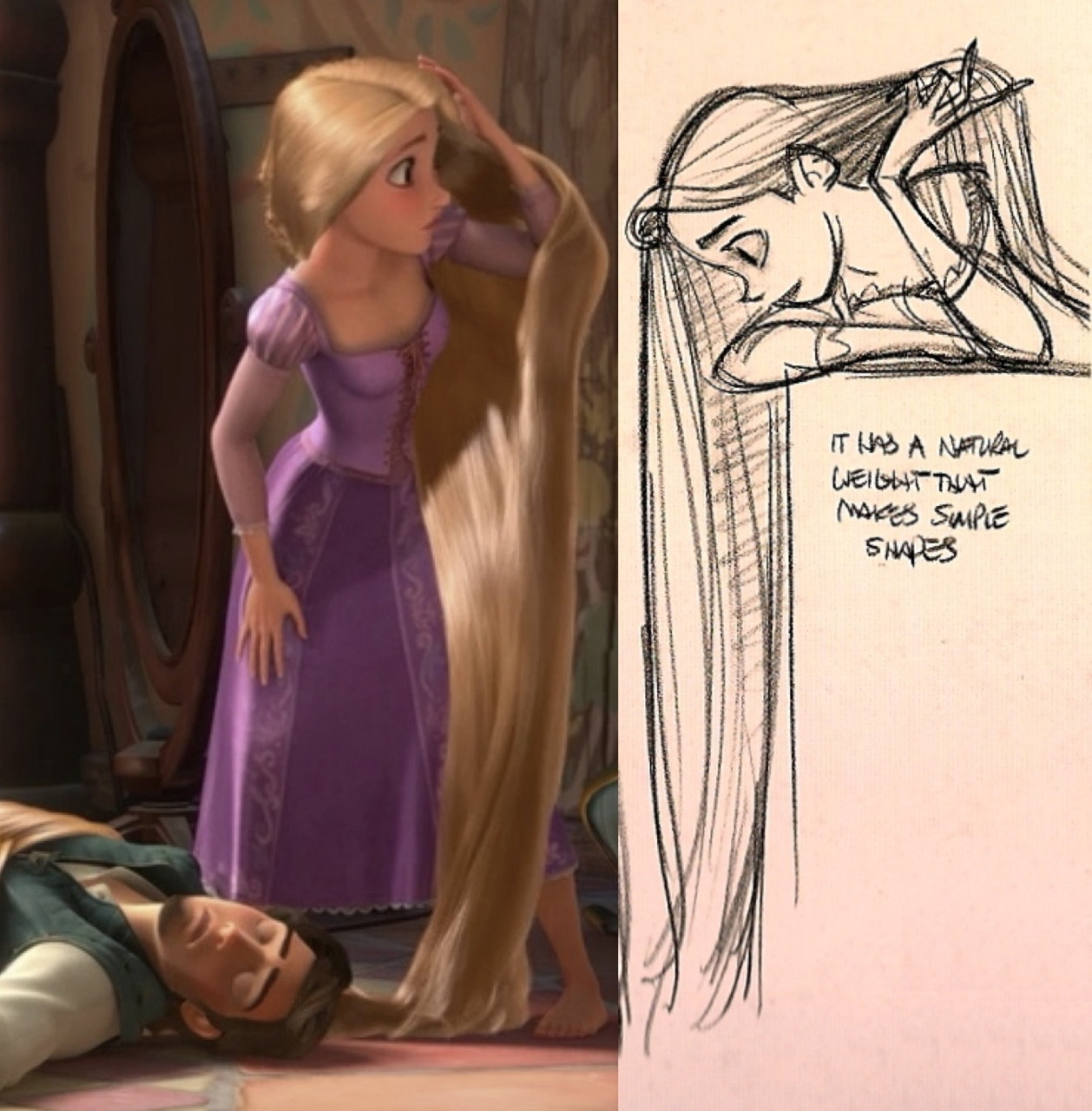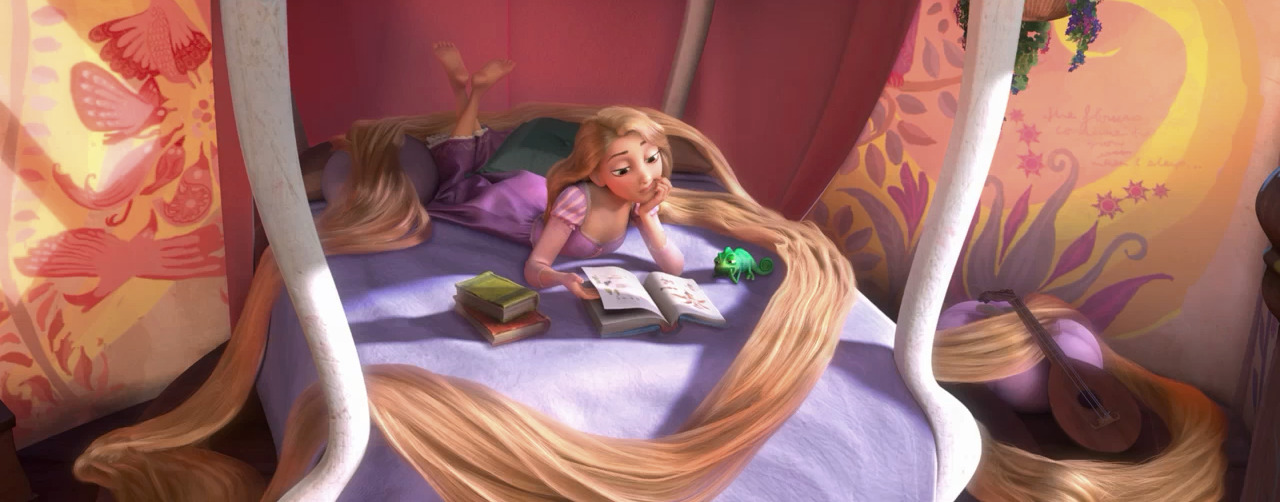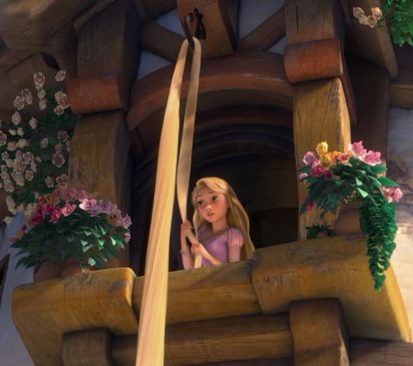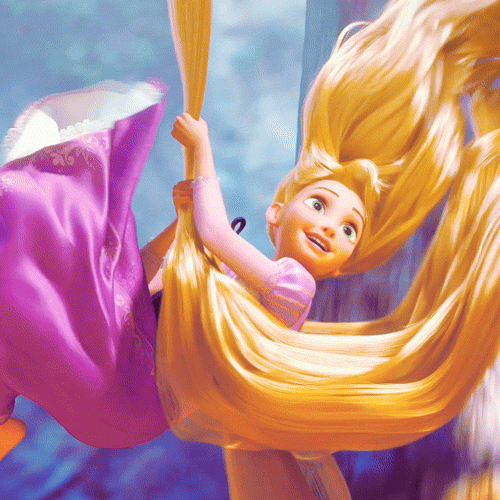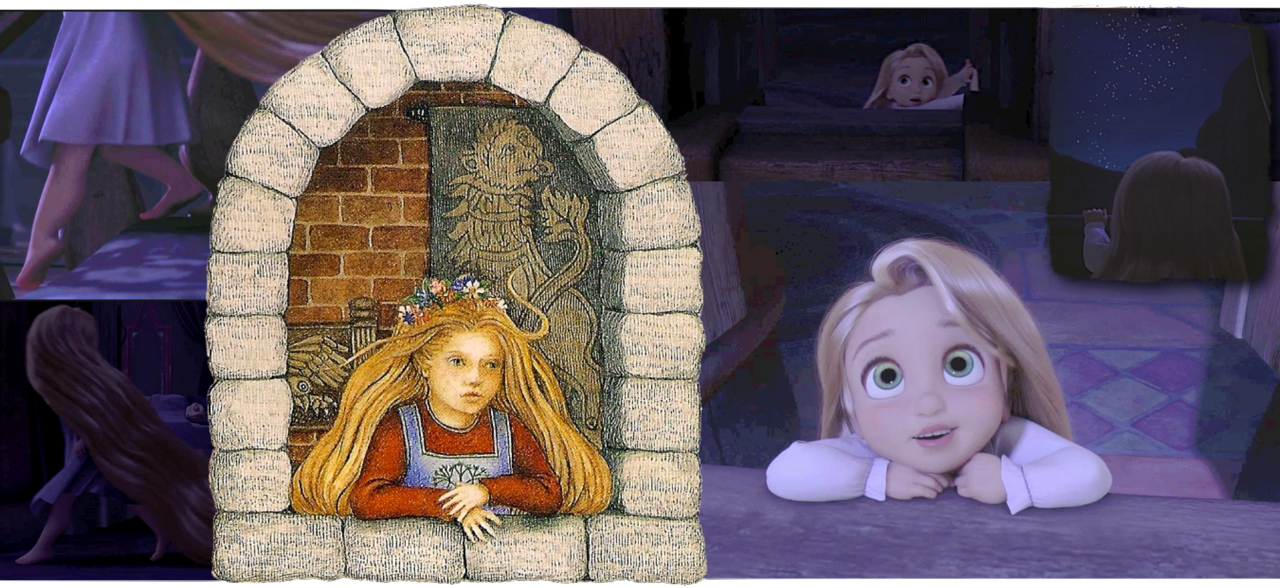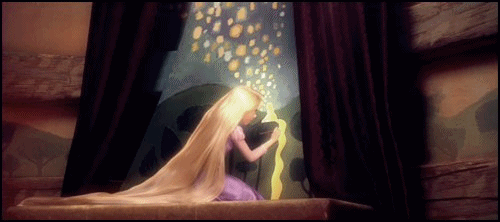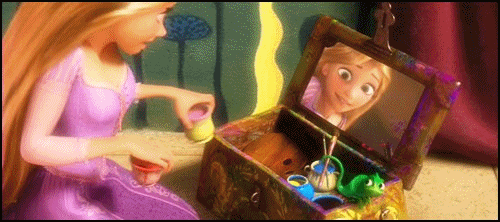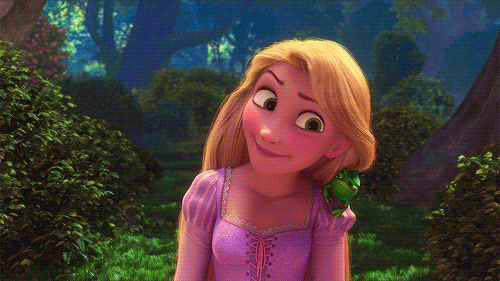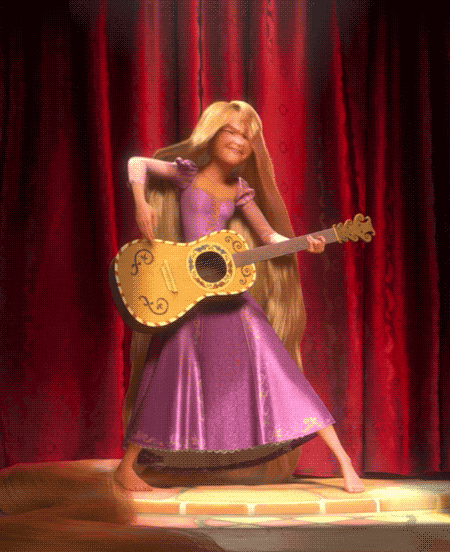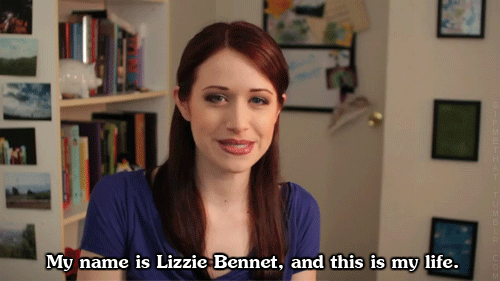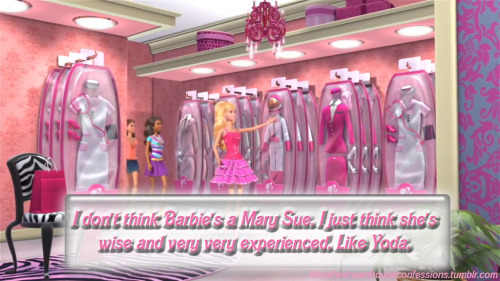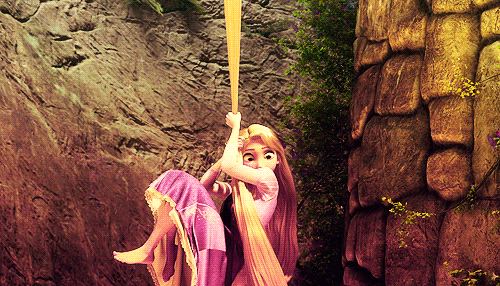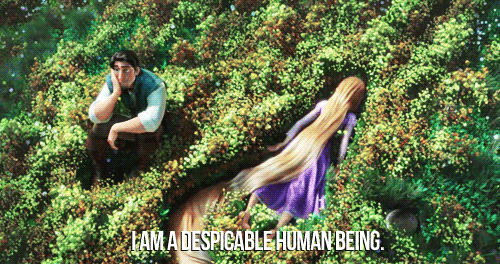otherwise known as:
My Obsession with Tangled: Part One of Infinity
"And the walls that surround her, and hold her back, are symbolic of walls in anyone's life, those things that hold us back from being who we really long to be. Yes, that is feminist and masculinist and humanist."
- Glen Keane, Executive Producer of "Tangled" and Directing Animator of Rapunzel
In this series, I won't only be discussing Disney's adaptation of Rapunzel, "Tangled." However it was the teaser trailer that inspired me to look up older adaptations and the origins of the tale in general.
Anyhow, I figure I'll start by telling you how I became fascinated with Rapunzel/Lady in the Tower tales through the release of "Tangled" in 2010, an hopefully you'll become fascinated along with me!
My freshman year in the usual generic way I was asked to write an essay entitles "An Event that Changed Me." I felt like I'd underwent much change but could not pinpoint any particular "event." The following was my first draft. It was trashed because my teacher did not accept a movie as an event. Anyhow, it is a good introduction to my love affair with the movie, and after this I will elaborate on the feminist themes I touch on here.
The language is especially fanatic here, don't let that scare you. I was feeling poetic I guess so I flew off the handle. Don't worry - I am capable of discussing the faults of the movie, and I'm not starting a cult surrounding it any time soon. I do however like its themes involving women and the human condition, so I thought this especially colorful intro would be nice. Here goes:
An Event That Changed Me
Normally it would seem frivolous to name a movie as an event capable of changing someone’s life, but even the severest critic knows the impression the Disney© Company has left on the entire world’s culture; and as a member of the world I have been influenced as well. When the first teaser trailer for Disney’s adaptation of the Rapunzel fairy tale “Tangled” came out, something hit me; something fantastic, infectious: I had to know everything about it.The energy, the tactile promise of the hair itself, the possibilities of what such a company was to do with the first CGI fairy tale musical ever let alone my second favorite fairy tale – it lit something up inside me, and I haven’t gotten over it since.
It served as a catalyst that called for action, called for questioning all the concepts that intrigued me, called for me to face various conflicts in my life and provided a lens through which to understand myself more and more. It begged the eternal balance between the relevance and weight between “to do” and “to be.”
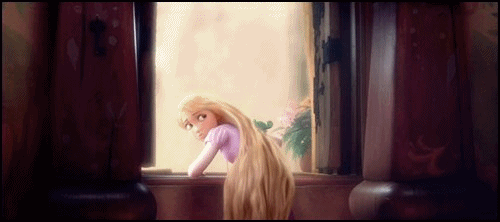
My reader might ask whether I am superimposing something that isn’t there on a simple film; and I would say they are both right and wrong. The film’s unusual artistry and detail, coupled with its outstanding relevance to me at this time in my life and development, caused a level of involvement, expression, and enthusiasm that can even be described as articulate yet boundless. You might say it changed me so much because it was already so much a part of me. Self-awareness and exploration is change too.
It started innocently enough; when the teaser trailer came out, and the bright colors, detailed CGI cloth and hair design, and the smart-ass chameleon hit my eyes I decided to do some research, find out more about it.
I have since collected article after article, filled 2 DVDs with information and videos about its development, merchandizing, face characters, technological publications, and staff, and bought “The Art of Tangled,” the only book so far released discussing the behind-the-scenes decisions and art direction.
So far I have as much as 17 GB total of information not to mention my compilation of concept art, advertising, and other Tangled-related imagery currently adding up to about 2.29 GB (5,350 photos). Even if these figures are a mystery to a layman’s ear, be assured I haven’t managed to read as fast as I’ve been collecting! I am a person who likes to delve to the very depths of meaning and form and an animated feature is so complicated in the necessary planning and labor involved that there can be no end to the treasures I can find.
With Disney specifically however, all decisions must have thorough research behind them (John Lasseter stresses this in all interviews, and it does appear to be true to some extent); for example, the very shape and contour of a street-cart that only appears on the screen for thirty seconds must first have been decided from a thorough research on different street-cart designs from across history and across the world, as well as with the shape themes found in certain genres of animated films and the specific shape themes chosen for this particular movie (this is a random example of course - but I can tell you for certain they researched in a like manner for animating the aging Mother Gothel).
Can fiction – and, by implication, thought, action, interesting and incentivized life – take place in an enclosed space? Which – if interpreted metaphysically – could be seen as the human condition’s earth and mortality itself?
These concepts were also layered within the story – not just with the original fairy tale, and the implications of what they could do with it, which was the subject of my constant musings before it came out in theaters – but also with the movie itself, which once it was out in theaters I saw ten times. – But I’m getting ahead of myself. After that first trailer, I experienced a whole lifetime of change even before the movie came out! In particular, the idea of contained then released energy – the “imprisoned” girl, her hair almost representing a compressed spring, and then the release, the liberation.
In the Grimm version the release is first banishment, but the ending is very clear – she was once in a tower, defined by a tower, and now she is out of the tower, and it no longer defines her. Very identifiable for a 20 year old girl who chose to take two years between high school and college, spending a lot of time about books in her room – not looking out the window perhaps, but looking out into the internet – to the potential of thought and expression.
As Glen Keane also said, “Even her hair is growing" to an extreme length symbolizing all she can and wants to be – attracts a very alluring concept of an private, isolated, and permanent home, a pedestal, the wish to in fact never “escape” – as Freud would put it, the wish to retreat back into the mother’s womb. But Rapunzel in many versions does the exact opposite, doesn't she? She becomes a mother herself.
Mother Gothel discovers Rapunzel's Pregnancy
(because her dress becomes too tight)
(because her dress becomes too tight)
Nevertheless I knew such feelings must be fleeting, for both heroines got sick of their beloved privacy and broke free, risking everything for the chance to share their world with someone else. And surely I would do the same. Such thoughts and images feverishly fleeted though my mind as I googled and read forums and papers and interviews and theories, all attached to what some would simple-mindedly call a simple film; or even, a conventional, pandering propaganda machine.
Even such an accusation as I have just made calls to mind the stubborn quest for the idyllic – controversy – denial – debate – hope – failure – independence. I confess in my exponentially growing obsession I lost much sleep and saw much less people for a while in the contemplation of these terms and the study of these concepts; but Tangled also made me a more involved person.
~~~~~~~~~~~~~~~~~~~~~~~~~~~~~~~~~~~~~~~~~~~~~~~~~~~~~
Don't forget too, the Rapunzel Tale starts with a girl - I don't know of one that starts with a princess. A girl destined to be a princess, of course, but not a girl who was born to be a princess, or knows herself to be one, or to even be destined to be one. Yes, in the Disney version, possibly to stress her arrested potential, they have Rapunzel a born princess, ignorant of her birthright. But the truth of the tale remains the same: the tale starts with a girl, just some girl, usually a very common, if beautiful, girl. In all interviews the Directors and Animators and Developers of Tangled's Rapunzel stress they designed her to be more of a "girl next door," a girl you could imagine meeting, even being - not a distant princess archetype. So you see this old fairy tale has a very immediate, earthy sense to it. I'll be exploring that a bit more as well, - if all goes well. It's a meeting of opposites: the humble girl and the crown.
I'll leave you with those thoughts for now.
Here's A taste of the blog entry to come -
